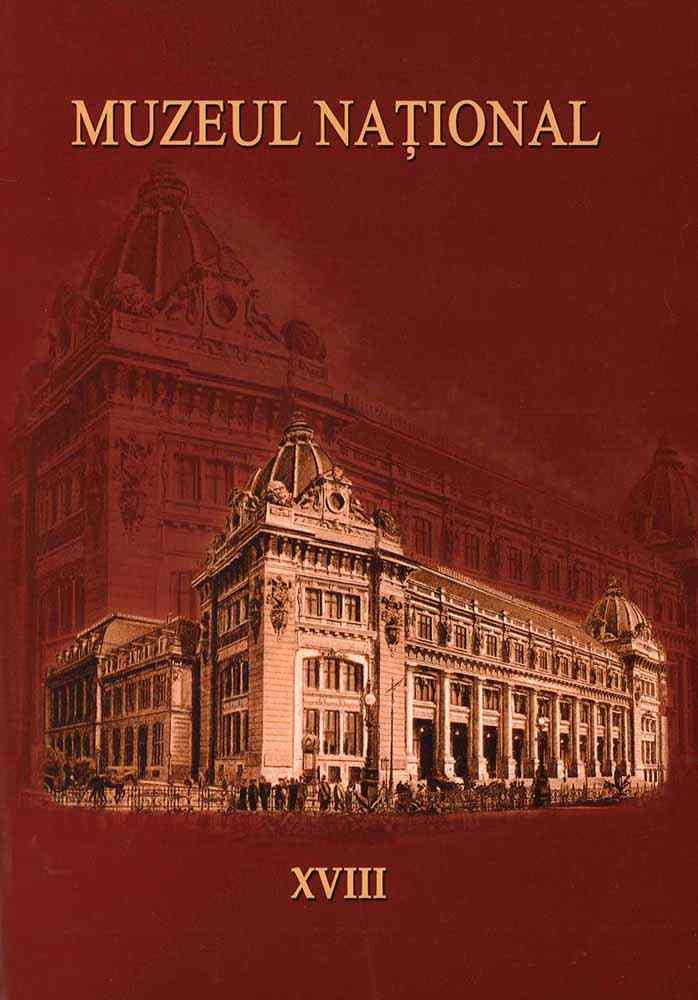| Excerpt |
Born in 1821 at Dahme, district of Juteborg, the German artist Friedrich Wilhelm Kullrich was the son of Johan Friedrich Kullrich and Johanna Christina, born Kretschnear. During his youth Kullrich, made his apprenticeship, as gunsmith with his father. To accomplish his education Friedrich Wilhelm made some trips to Munich, Vienna and Venice. In1844 he started the studies in sculpture and engraving in Berlin, in the workshop of the medallist and ivory sculptor, Professor Karl Fisch. Soon he became remarked by the sculptor Christian Rauch, who recommended Kullrich to the Berlin Art Academy. In 1851 Kullrich was graduated of the Berlin Academy of Art, though he still working in Rauch’s workshop. During 1851-1855 Kullrich worked in the Tower Mint, with William Wyon. Later, in 1855 he stays for a while in Brussels, Paris, Munich and in Swiss. In 1857 was invited by the Russian Tsar Alexander II, to collaborate to improve the organization of the mint in Sankt Petersburg. The next year, in 1858, W. Kullrich became member of the staff of the Royal Mint in Berlin. Soon after, in 1859 he was promoted as medallist, and in 1862, as Chief-Medallist of the mint. During his life, until 1887, Kullrich produced several dies used to strike the Prussian coins, as well as the coinage of some other German states, such as: Anhalt, Schleiz, Obergreis, Mecklemburg, Schwerin, Stielitz, Reus, etc. After 1871 Kullrich was commissioned the production of all the obverse dies used in the German Empire. Kullrich was also commissioned by Norway, Egypt, Romania, Brazil and Costa Rica to prepare the dies their coins, medals or orders. During 1866-1887 Kullrich was commissioned by the Romanian state or by private citizens several coin and medal dies, as well as the dies used to issue an order. Some of his dies were even used long time after his death in 1887. Kullrich was also consulted by the Romanian officials in respect with the establishment of the National Mint n Bucharest, which was opened in 1870. He visited several times Romania starting with 1869. An inventory of the Mint, written in 1881 mentions the dies cut in Berlin, in 1870, by Kullrich to strike the Romanian silver and bronze coins of 1 leu, 50 bani and 10 bani, as well as for the gold issues of 20 lei, 10 lei and 5 lei. For his work Kullrich was paid 7,134. 77 lei, of which, actually he received 6,947.46 lei. Some new data show that the Romanian gold and silver issues of 1870 were struck not only at Bucharest as it was previously thought, but also in Brussels. Kullrich produced also the dies for some issued never struck, such as: 10, 20 and 50 bani and 1 leu (1870), 1 ban (1879), 2 lei (1880), 1 ban (1881), 10 bani (1882). He produced also the dies used for issuing the 20 lei coins of 1883. Kullrich made the dies used to strike several Romanian medals: The commemorative medal of the election of Charles I of Hohenzollern as Prince of Romania, 1866, the medal of the Municipal Hospital and St John Church of Turnu Severin (1868), the medal commemorating the reconstruction of the Hospice St Pantelimon, the award medal „Bene Merenti”, though the Official Decree of the medal was published only on 20th February 1876, the medal of the Agricultural Fair in Focşani (1868), the medal commemorating the wedding of Charles I with Elisabeth of Wied (1869), the medal commemorating the birth of Marry, Princess of Romania (1870), the medal commemorating the conquest of Plevna (1878), „Carmen Silva” medal (1881), the medal of the opening of Peleş Castle (1883), the commemoration of the Independence war (1886). |

